Home>Gardening & Outdoor>Plant Care & Gardening Tips>When To Plant Wildflower Seeds In Michigan
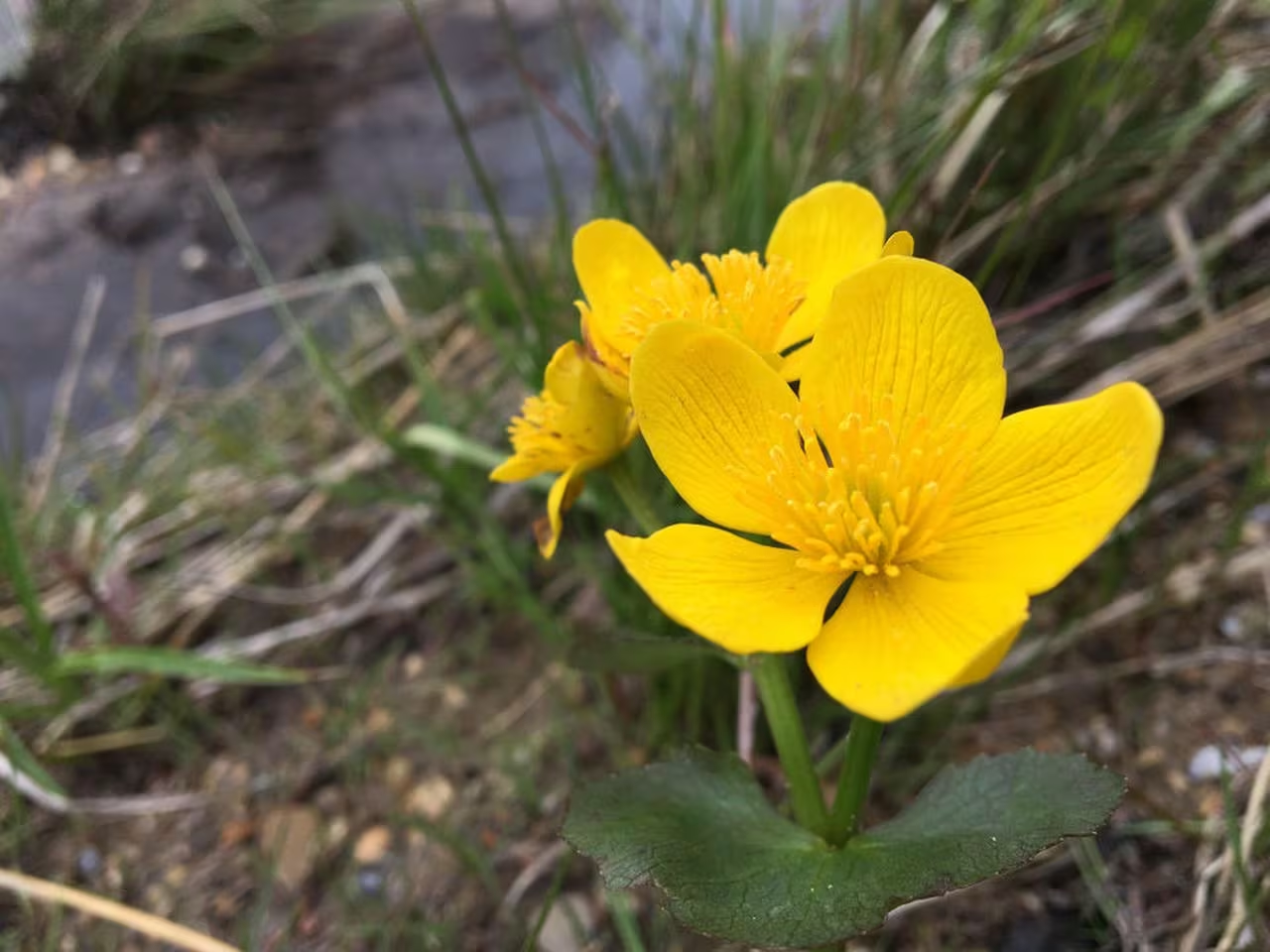

Plant Care & Gardening Tips
When To Plant Wildflower Seeds In Michigan
Modified: March 24, 2024
Discover the best time to plant wildflower seeds in Michigan with expert plant care and gardening tips. Learn how to create a vibrant wildflower garden in your Michigan landscape.
(Many of the links in this article redirect to a specific reviewed product. Your purchase of these products through affiliate links helps to generate commission for Storables.com, at no extra cost. Learn more)
Introduction
Welcome to the enchanting world of wildflowers in Michigan! Whether you're a seasoned gardener or just starting to explore the beauty of native plants, cultivating wildflowers can be a rewarding and captivating experience. Michigan's diverse climate and rich soil provide an ideal environment for a stunning array of wildflower species to thrive, adding vibrant colors and natural charm to your garden or landscape.
In this guide, we'll delve into the art of planting wildflower seeds in Michigan, offering valuable insights and practical tips to help you nurture these indigenous blooms. From understanding the unique characteristics of wildflowers to determining the optimal time for planting and providing essential care, you'll gain a comprehensive understanding of how to cultivate a flourishing wildflower haven in Michigan.
Join us as we embark on a journey through the captivating world of Michigan's wildflowers, discovering the best practices for sowing and tending to these delightful blooms. Whether you're seeking to enhance the biodiversity of your garden, attract pollinators, or simply revel in the natural splendor of wildflowers, this guide will equip you with the knowledge and expertise to cultivate a breathtaking wildflower landscape in the Great Lakes State.
Key Takeaways:
- Embrace the beauty of Michigan’s wildflowers by planting seeds in late fall or early spring, considering local climate and soil conditions for a thriving, biodiverse garden.
- Nurturing wildflowers in Michigan supports local ecosystems, attracts pollinators, and enriches the natural landscape, creating a captivating haven for native blooms.
Read more: When To Plant Grass Seed In Michigan
Understanding Wildflowers in Michigan
Michigan boasts a rich tapestry of native wildflowers, each contributing to the state’s diverse ecosystem and natural beauty. From the delicate petals of the Eastern Red Columbine to the vibrant hues of the Black-Eyed Susan, the wildflowers of Michigan offer a captivating display of color and vitality.
These indigenous blooms have adapted to Michigan’s varying landscapes, from the shores of the Great Lakes to the woodlands and meadows that dot the countryside. Their resilience and ability to thrive in different environments make them an excellent choice for gardeners and conservationists alike.
Wildflowers play a crucial role in supporting local wildlife, providing nectar and pollen for bees, butterflies, and other essential pollinators. By cultivating these native plants, you can contribute to the preservation of Michigan’s natural heritage while creating a haven for pollinators in your own backyard.
Understanding the unique characteristics of Michigan’s wildflowers is key to successfully nurturing them. Each species has specific requirements for sunlight, soil, and moisture, and familiarizing yourself with these traits will enable you to create an optimal growing environment for your wildflower garden.
As you embark on your wildflower gardening journey, take the time to appreciate the intricate beauty and ecological significance of these native blooms. By cultivating an understanding of Michigan’s wildflowers, you’ll not only enrich your gardening experience but also contribute to the preservation of the state’s natural flora and fauna.
Factors to Consider Before Planting Wildflower Seeds
Before diving into the planting process, it’s essential to consider several factors that will influence the success of your wildflower garden in Michigan. By taking these elements into account, you can create an environment that is conducive to the growth and flourishing of native wildflowers.
- Local Climate and Soil Conditions: Michigan’s climate varies across the state, with regions experiencing different temperature ranges and precipitation levels. Understanding the specific climate and soil conditions in your area will help you select wildflower species that are well-suited to thrive in your local environment.
- Native Species Selection: Choosing native wildflower species is crucial for promoting biodiversity and supporting local ecosystems. Native plants have adapted to Michigan’s climate and soil composition, making them more resilient and sustainable choices for your garden.
- Sunlight and Shade: Assess the sunlight and shade patterns in your garden or chosen planting area. Different wildflower species have varying light requirements, so identifying sun-drenched spots and shaded areas will aid in selecting the most suitable plants for each location.
- Water Availability: Consider the availability of water for your wildflower garden. Some species thrive in well-drained soil with minimal watering, while others require consistent moisture. Matching the water needs of wildflowers to your local conditions is essential for their long-term health.
- Companion Planting and Ecosystem Support: Wildflowers can complement other native plants and contribute to the overall health of your garden. Explore the concept of companion planting and consider how wildflowers can attract beneficial insects, repel pests, and create a balanced ecosystem within your garden.
By carefully evaluating these factors, you can lay the groundwork for a thriving wildflower garden that harmonizes with Michigan’s natural landscape and fosters a sustainable and biodiverse environment.
Best Time to Plant Wildflower Seeds in Michigan
Timing plays a crucial role in the successful establishment of wildflower seeds in Michigan. Understanding the best time to plant these seeds will optimize their chances of germination and growth, ensuring a spectacular display of blooms in your garden.
Michigan’s climate encompasses a range of temperature and precipitation patterns, influencing the ideal planting window for wildflower seeds. In general, the optimal time to sow wildflower seeds in Michigan is during the late fall or early spring.
Late Fall Planting: Planting wildflower seeds in late fall takes advantage of the natural processes of stratification and winter dormancy. As temperatures cool, the seeds undergo a period of cold stratification, which can enhance germination rates. The moist, cool conditions of late fall provide an ideal environment for the seeds to establish root systems before the onset of winter.
Early Spring Planting: Alternatively, early spring presents another opportune period for sowing wildflower seeds in Michigan. As the ground begins to thaw and temperatures gradually rise, the seeds can germinate and take root in preparation for the growing season. Early spring planting allows the seeds to capitalize on the increasing daylight and warmth, fostering robust growth and development.
It’s important to consider the specific requirements of the wildflower species you intend to plant, as certain varieties may have unique preferences for planting times. Some species thrive when sown in the fall, while others fare better with an early spring planting schedule.
When planning your wildflower garden, take into account the local climate and frost dates in your region. By aligning your planting schedule with the natural rhythms of Michigan’s seasons, you can optimize the conditions for successful wildflower growth and create a breathtaking tapestry of native blooms.
Ultimately, the best time to plant wildflower seeds in Michigan is a balance between leveraging the restorative effects of winter dormancy and harnessing the revitalizing energy of spring, providing a foundation for a vibrant and resilient wildflower garden.
Wildflower seeds can be planted in Michigan in the early spring or late fall. This allows the seeds to establish before the heat of summer or the cold of winter. Be sure to choose a location with plenty of sunlight and well-drained soil for best results.
Steps for Planting Wildflower Seeds
Embarking on the journey of planting wildflower seeds in Michigan involves a series of thoughtful steps to ensure the successful establishment and flourishing of these native blooms. By following these guidelines, you can create an inviting habitat for wildflowers and revel in the natural beauty they bring to your outdoor space.
- Site Selection: Choose a suitable location for planting wildflower seeds, considering factors such as sunlight exposure, soil composition, and drainage. Select areas that align with the specific requirements of the wildflower species you intend to cultivate.
- Soil Preparation: Prepare the planting site by clearing away any debris and weeds. Loosen the soil to a depth of a few inches, ensuring a hospitable environment for seed germination and root development.
- Seed Sowing: Scatter the wildflower seeds over the prepared soil, aiming for even distribution. Lightly press the seeds into the soil or cover them with a thin layer of mulch, taking care not to bury them too deeply, as some wildflower seeds require exposure to light for germination.
- Watering: Gently water the seeded area, ensuring that the soil is moist but not waterlogged. Consistent, light watering is essential for encouraging seed germination and initial growth. Be mindful of the specific water requirements of the wildflower species you are planting.
- Maintenance: Monitor the seeded area regularly, keeping an eye out for emerging seedlings and adjusting watering frequency as needed. Remove any invasive weeds that may compete with the wildflowers for resources, allowing the native seeds to establish themselves unhindered.
- Patience and Observation: Wildflower germination and growth may vary by species, so exercise patience as the seeds take root and begin to flourish. Take pleasure in observing the gradual emergence of delicate shoots and the promise of vibrant blooms to come.
By following these steps, you can lay the groundwork for a thriving wildflower garden in Michigan, fostering an environment that celebrates the beauty and resilience of native plant species. With careful attention to site selection, soil preparation, and ongoing maintenance, you’ll be well on your way to cultivating a captivating display of wildflowers that enhances the natural splendor of Michigan’s landscapes.
Read more: When To Seed Grass In Michigan
Caring for Wildflower Seeds After Planting
After planting wildflower seeds in Michigan, providing attentive care is essential to support their growth and ensure a flourishing display of native blooms. By tending to the needs of the newly sown seeds and seedlings, you can nurture a vibrant wildflower garden that enhances the ecological diversity and visual appeal of your outdoor space.
Watering: Consistent and appropriate watering is crucial for the establishment of wildflower seeds. During the initial stages after planting, ensure that the soil remains consistently moist, facilitating the germination process and supporting the development of young seedlings. Be mindful of the specific water requirements of the wildflower species you have planted, adjusting your watering regimen accordingly.
Weed Management: Keep the planted area free of invasive weeds that may impede the growth of wildflowers. Regularly inspect the site and carefully remove any competing vegetation, allowing the native seeds to thrive without undue competition for resources. This proactive approach supports the successful establishment of your wildflower garden.
Monitoring Growth: Keep a watchful eye on the progress of the newly planted wildflower seeds. As the seeds germinate and seedlings emerge, observe their growth patterns and assess their overall health. Identifying any issues early on, such as pest infestations or signs of nutrient deficiencies, allows for timely intervention to safeguard the vitality of the wildflowers.
Supporting Pollinators: Wildflowers play a vital role in supporting local pollinators, such as bees, butterflies, and hummingbirds. By cultivating a diverse array of native blooms, you can create a welcoming habitat for these essential pollinators, contributing to the overall health of your garden and the surrounding ecosystem.
Long-Term Maintenance: Beyond the initial stages of growth, continue to provide ongoing care for your wildflower garden. Regularly assess the needs of the established plants, ensuring they receive adequate sunlight, water, and soil nutrients. Periodic maintenance, such as deadheading spent blooms and managing any encroaching weeds, will help sustain the vibrancy of the wildflower garden over time.
By tending to the needs of your wildflower seeds after planting, you can foster a resilient and captivating garden that celebrates the beauty and biodiversity of Michigan’s native flora. Through attentive care and a deep appreciation for the natural world, you’ll create a haven for wildflowers that enriches the landscape and supports the intricate web of life in your local environment.
Conclusion
As we conclude our exploration of planting wildflower seeds in Michigan, we are reminded of the profound impact that these native blooms have on the natural landscape and the well-being of local ecosystems. By embracing the art of wildflower gardening, we not only enhance the visual allure of our outdoor spaces but also contribute to the preservation of Michigan’s rich biodiversity.
Throughout this guide, we’ve delved into the intricate process of understanding, selecting, and nurturing wildflowers, immersing ourselves in the beauty and resilience of these indigenous plants. From the diverse array of species that grace Michigan’s meadows and woodlands to the careful considerations of climate, soil, and planting times, we’ve gained a deeper appreciation for the art and science of cultivating wildflower gardens.
By considering the unique factors that influence successful wildflower cultivation, such as local climate, native species selection, and ecosystem support, we lay the groundwork for a harmonious coexistence with the natural world. Through thoughtful site selection, meticulous soil preparation, and attentive care, we create an environment where wildflowers can thrive, attracting pollinators and fostering a sustainable and biodiverse ecosystem.
As we witness the delicate shoots of wildflower seedlings emerge and the brilliant hues of blossoms unfold, we are reminded of the profound connection between humanity and the natural world. The act of planting wildflower seeds in Michigan transcends mere horticulture; it embodies a deep reverence for the splendor of native flora and a commitment to preserving the ecological balance that sustains us all.
As you embark on your wildflower gardening journey in Michigan, may the knowledge and insights shared in this guide serve as a guiding light, illuminating the path to creating a captivating tapestry of native blooms. With each seed sown and each blossom that graces your garden, you contribute to the enduring legacy of Michigan’s wildflowers, enriching the landscape and nurturing the intricate web of life that thrives in our midst.
May your wildflower garden be a testament to the enduring beauty and resilience of Michigan’s native flora, a sanctuary for pollinators, and a source of inspiration for all who behold its natural splendor.
Frequently Asked Questions about When To Plant Wildflower Seeds In Michigan
Was this page helpful?
At Storables.com, we guarantee accurate and reliable information. Our content, validated by Expert Board Contributors, is crafted following stringent Editorial Policies. We're committed to providing you with well-researched, expert-backed insights for all your informational needs.
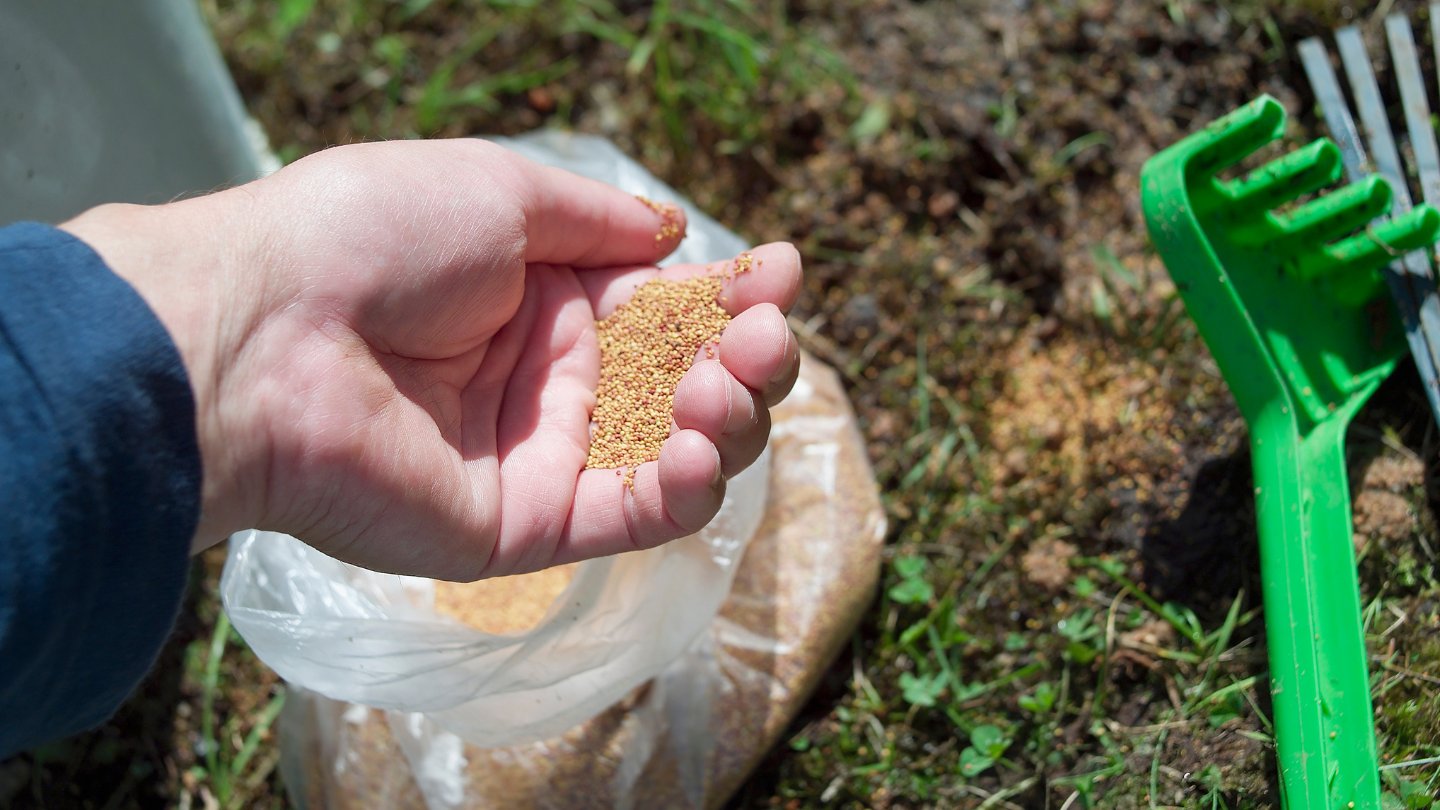
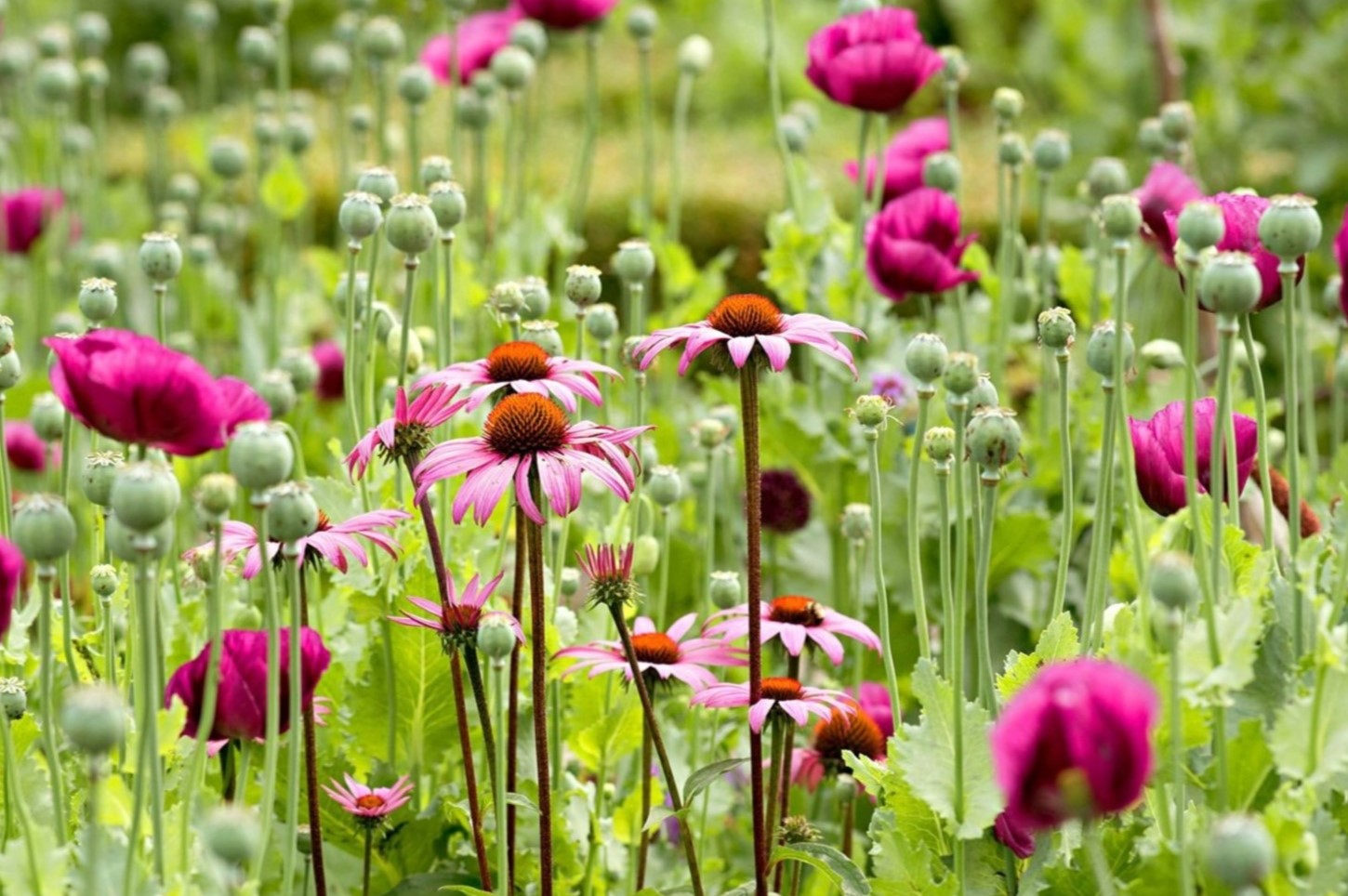
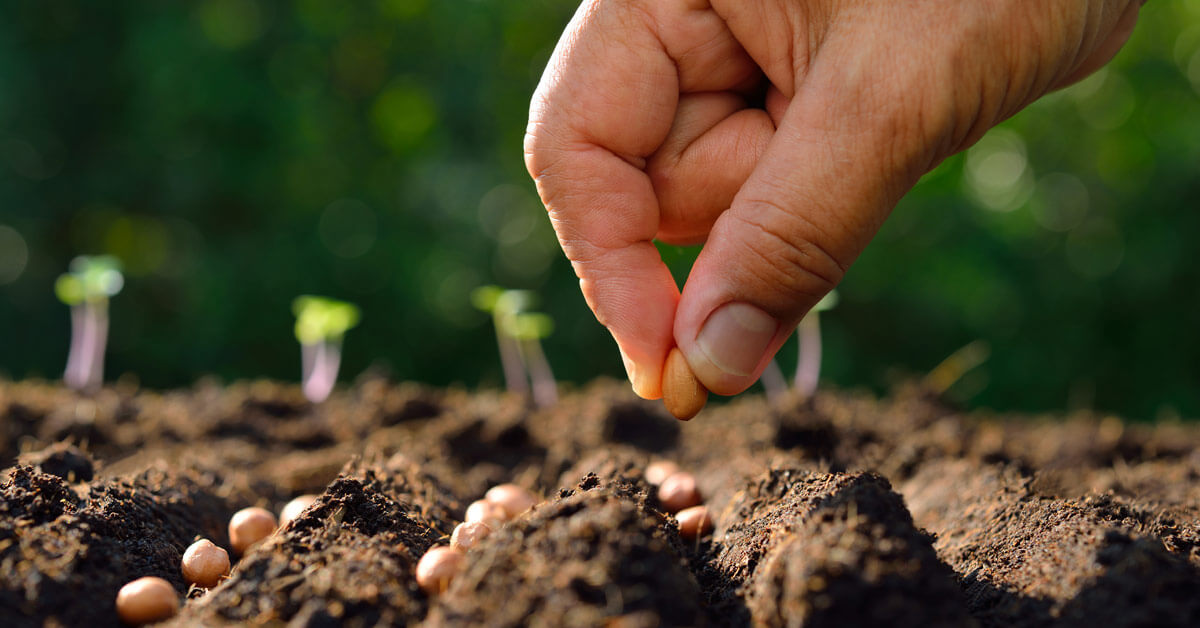
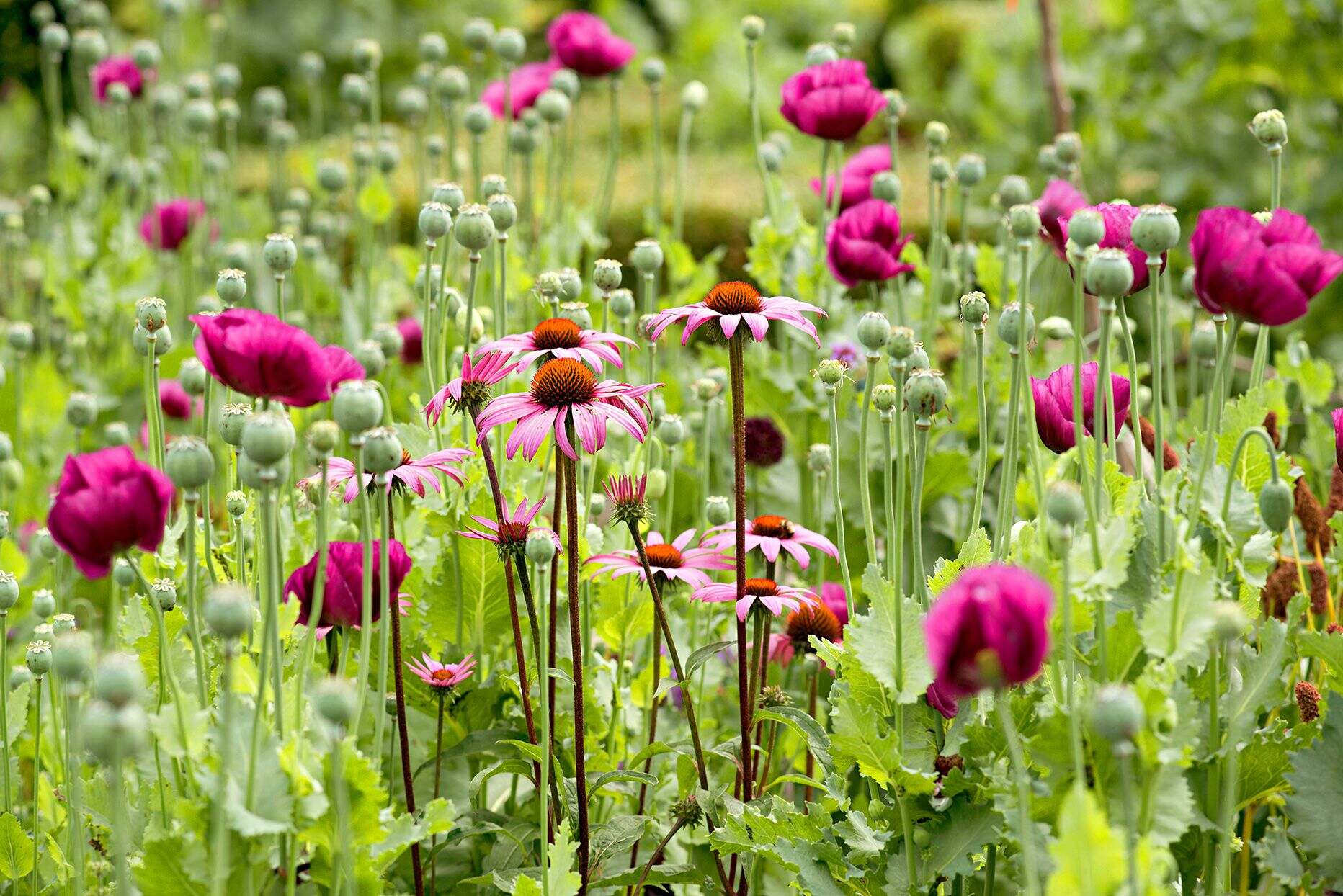
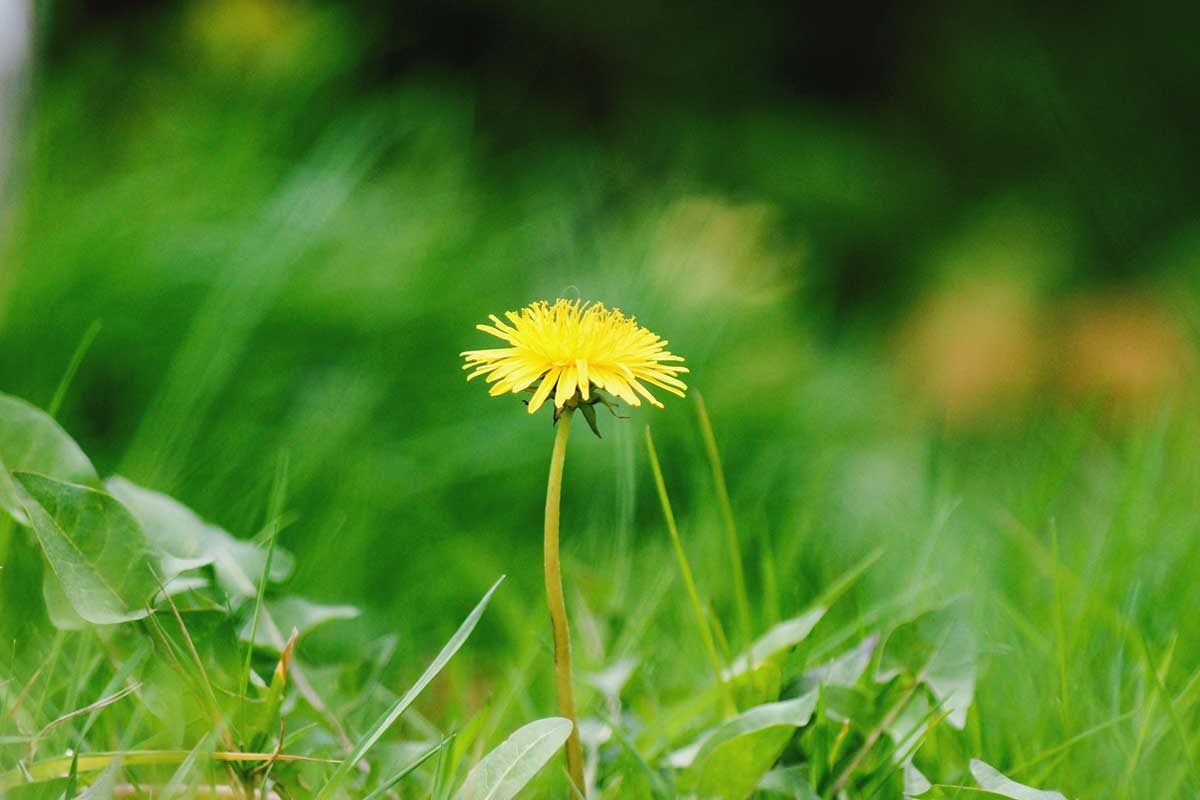
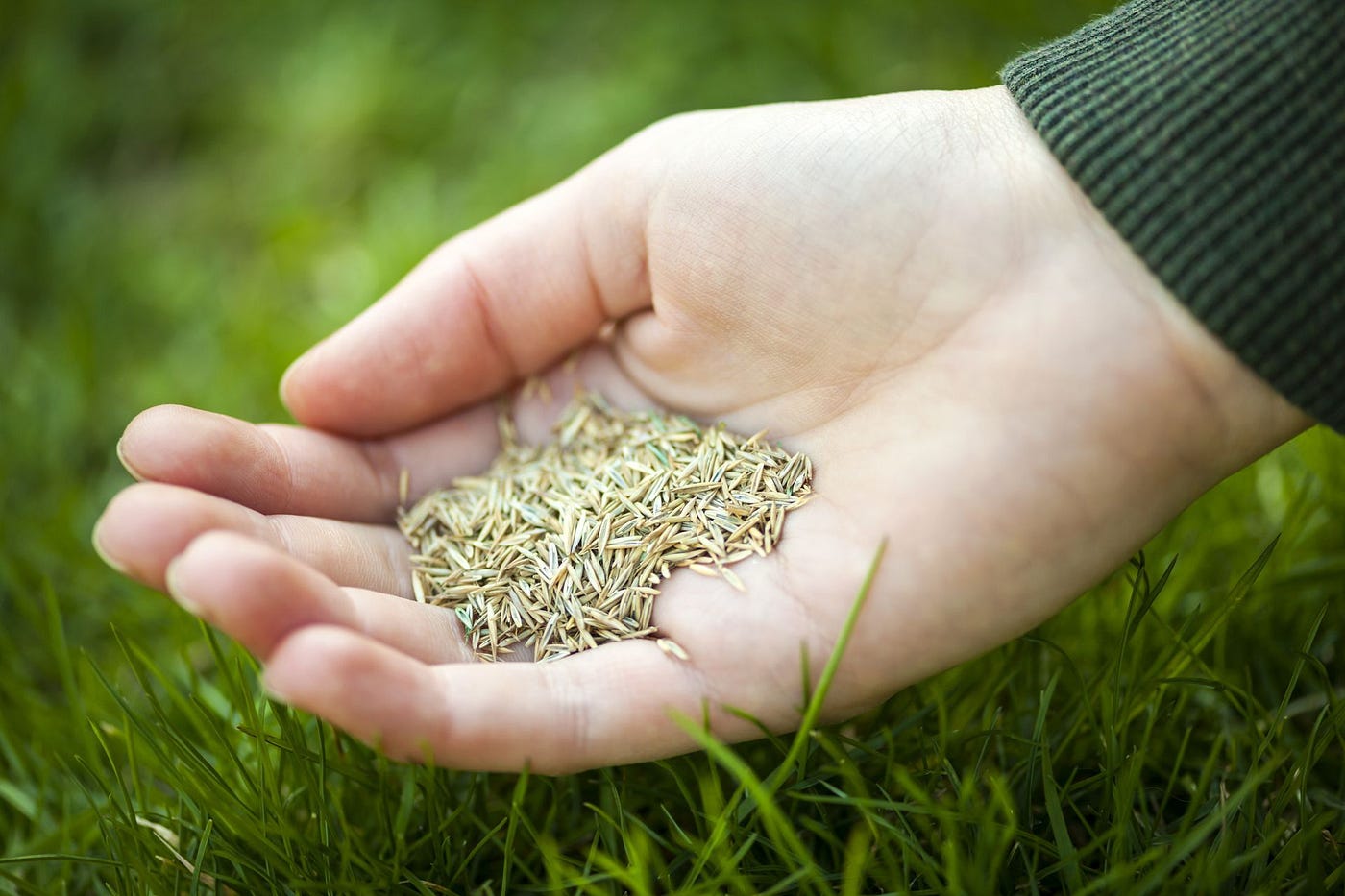
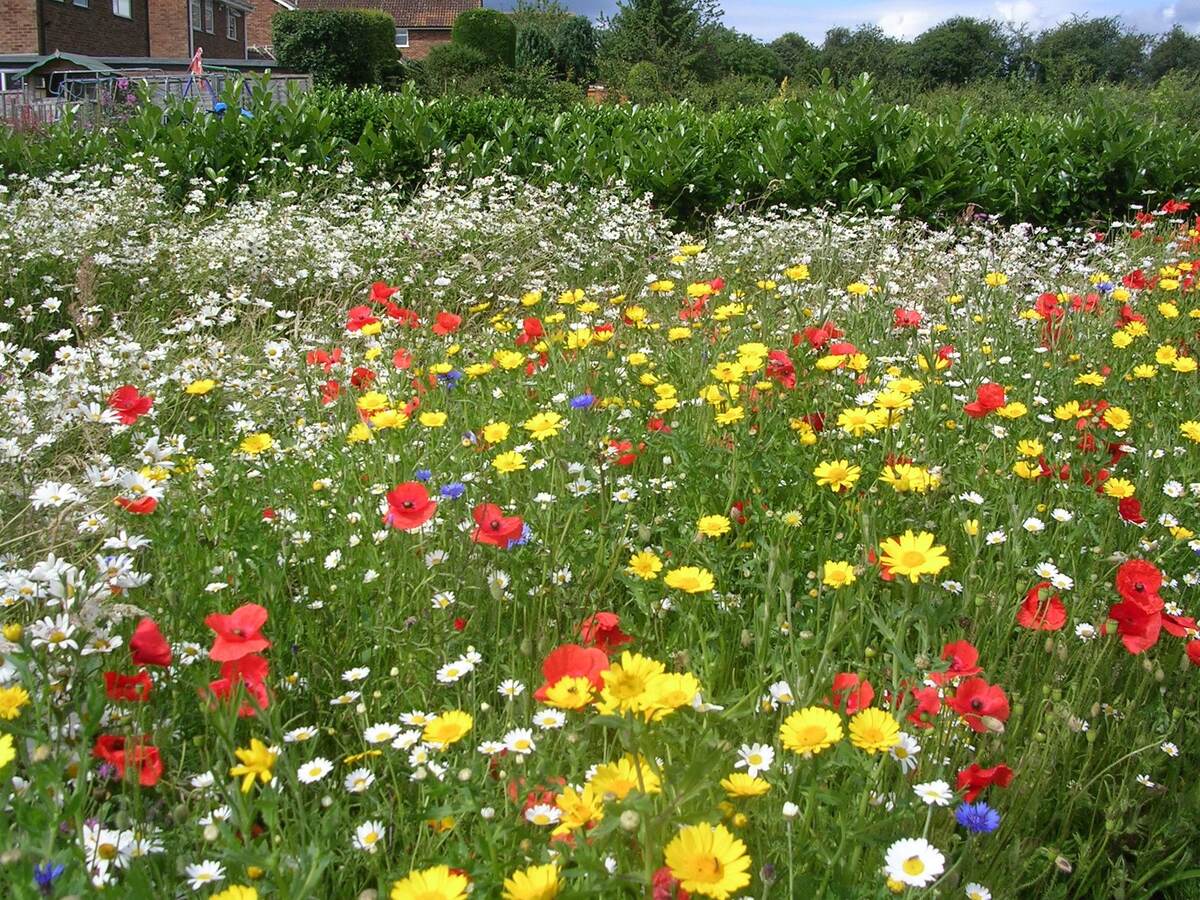
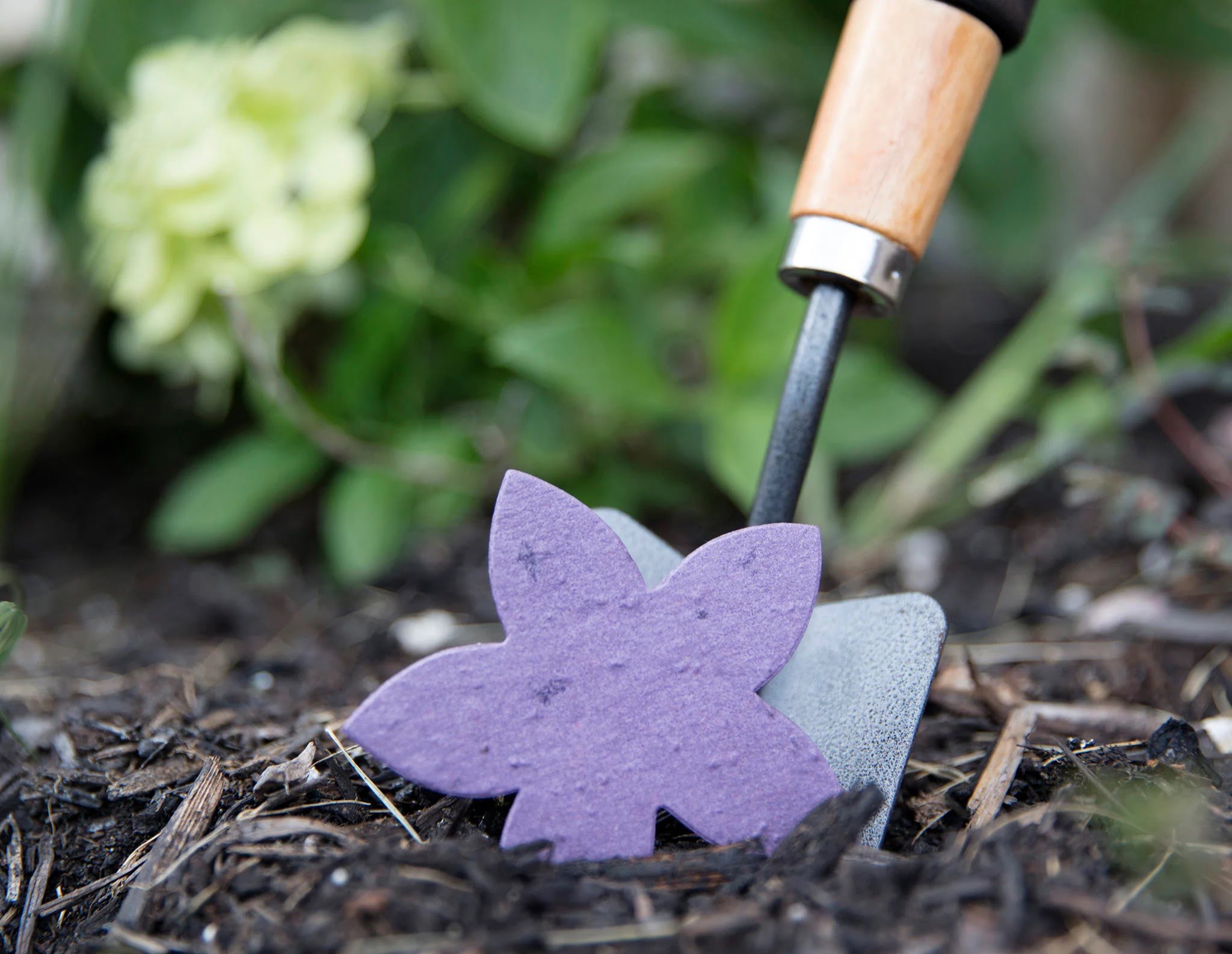
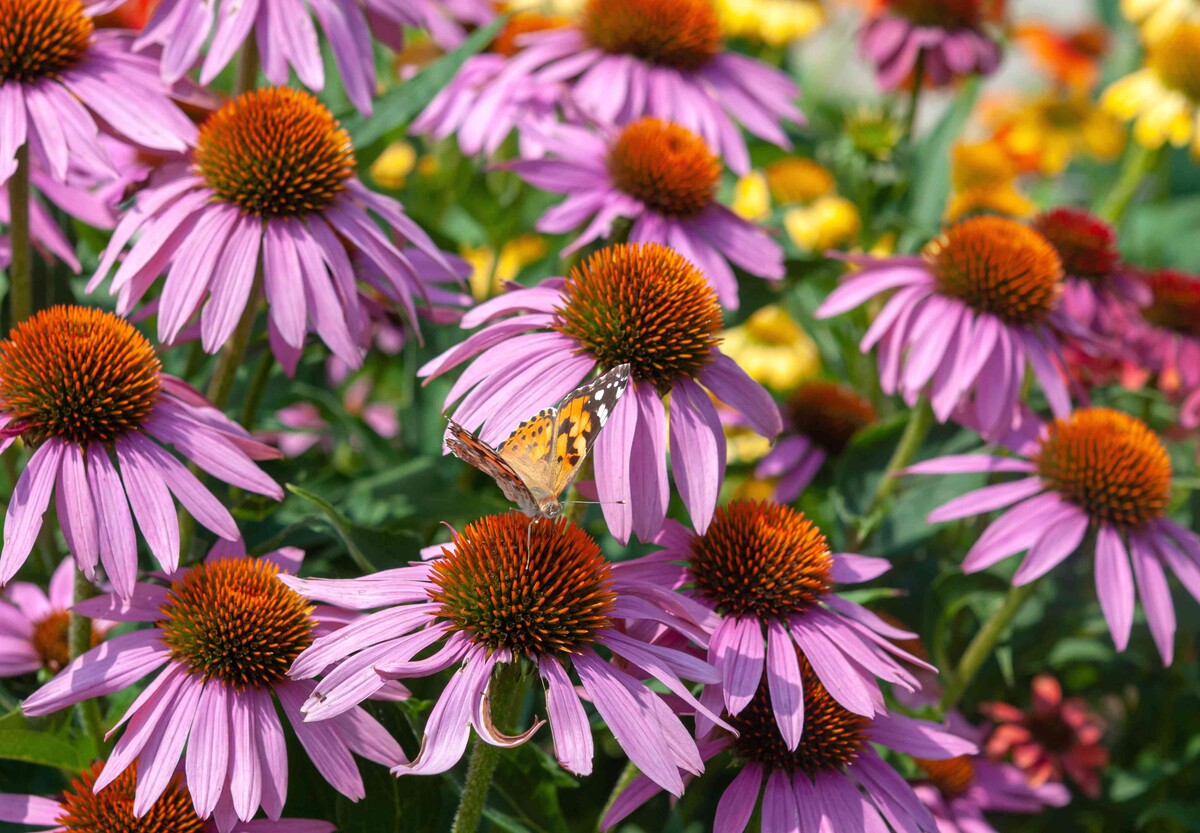
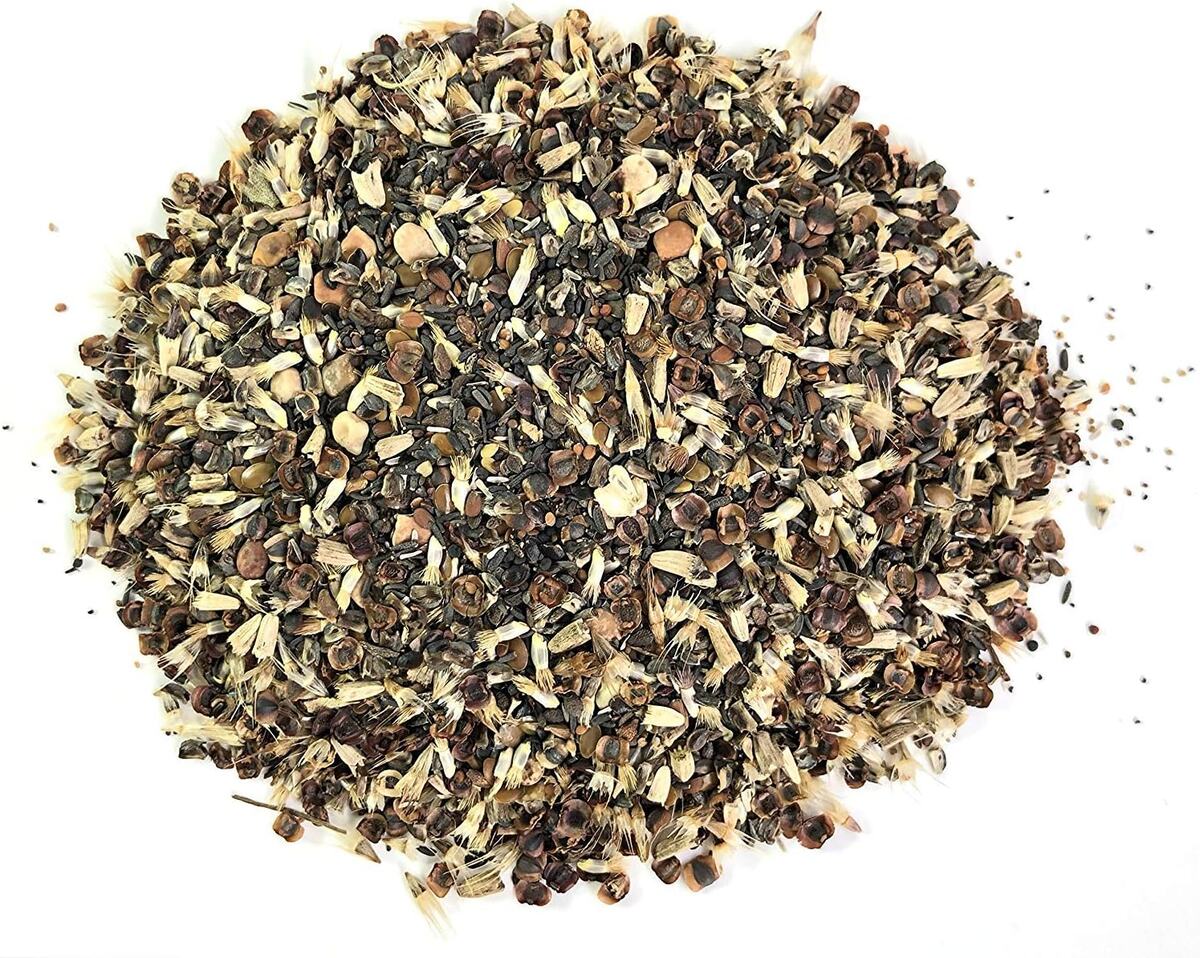
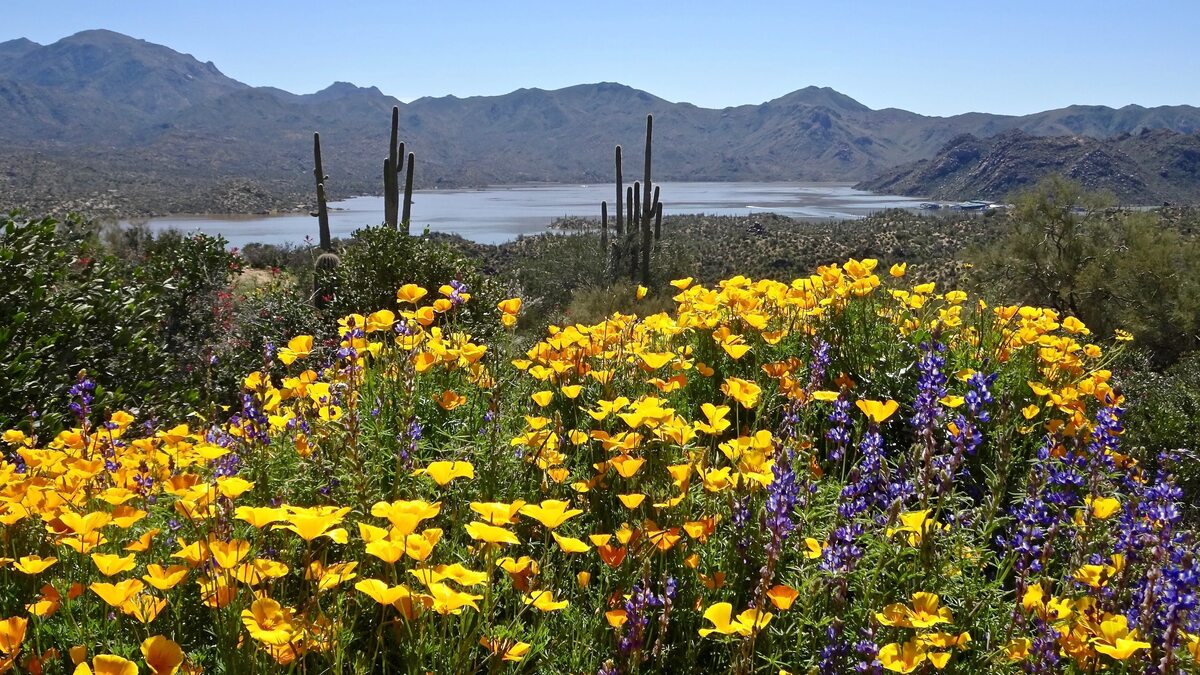
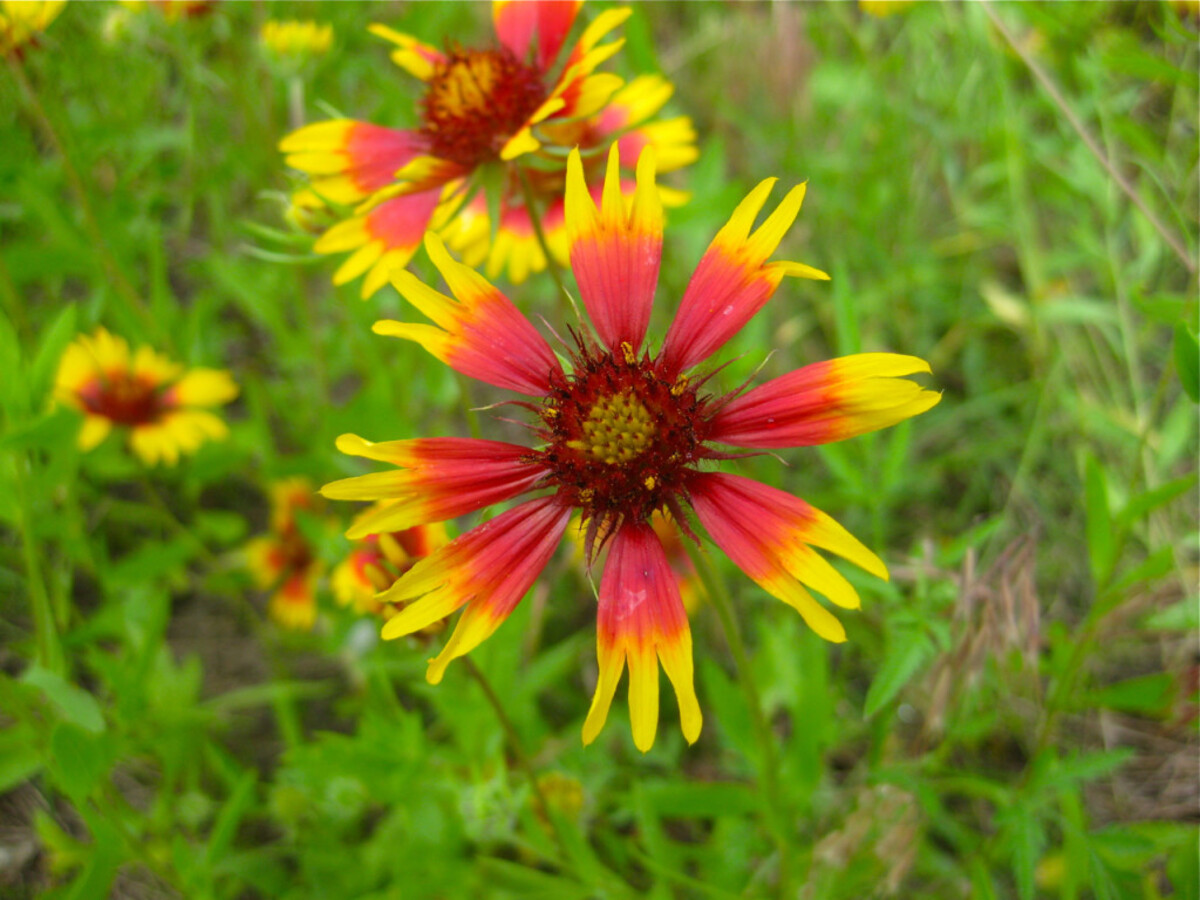
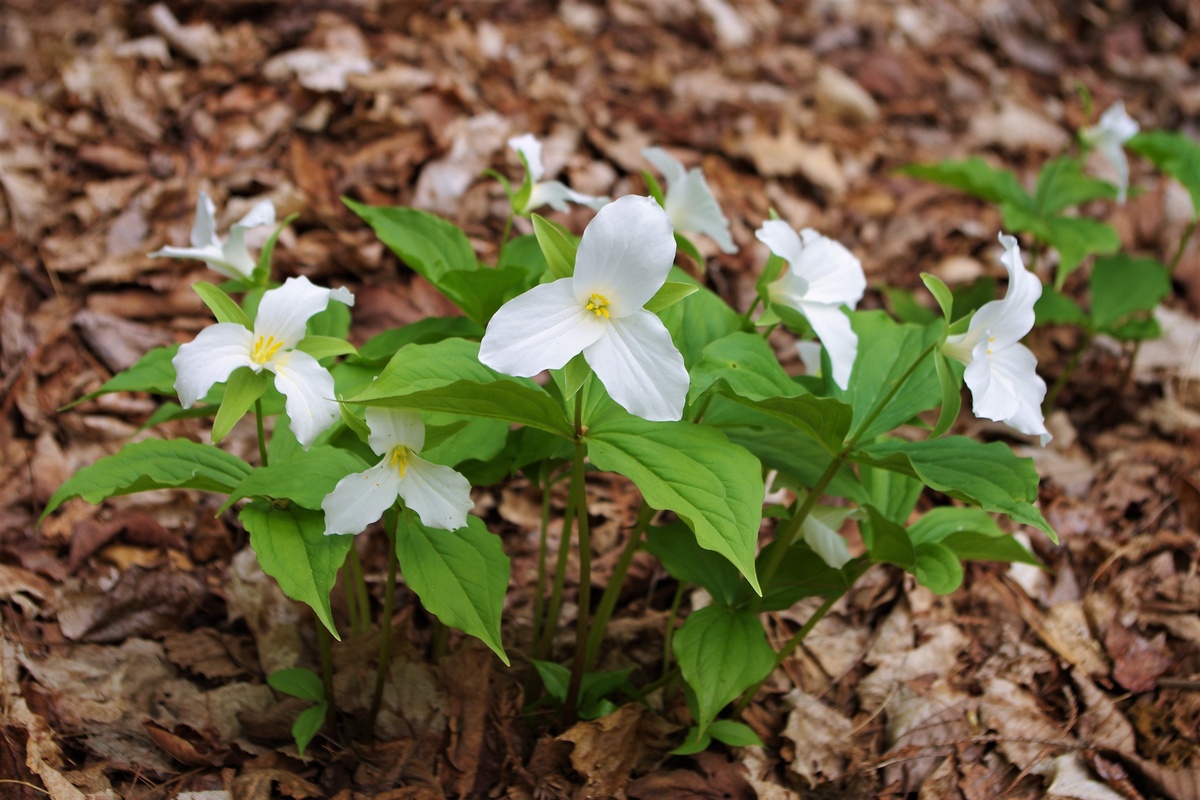
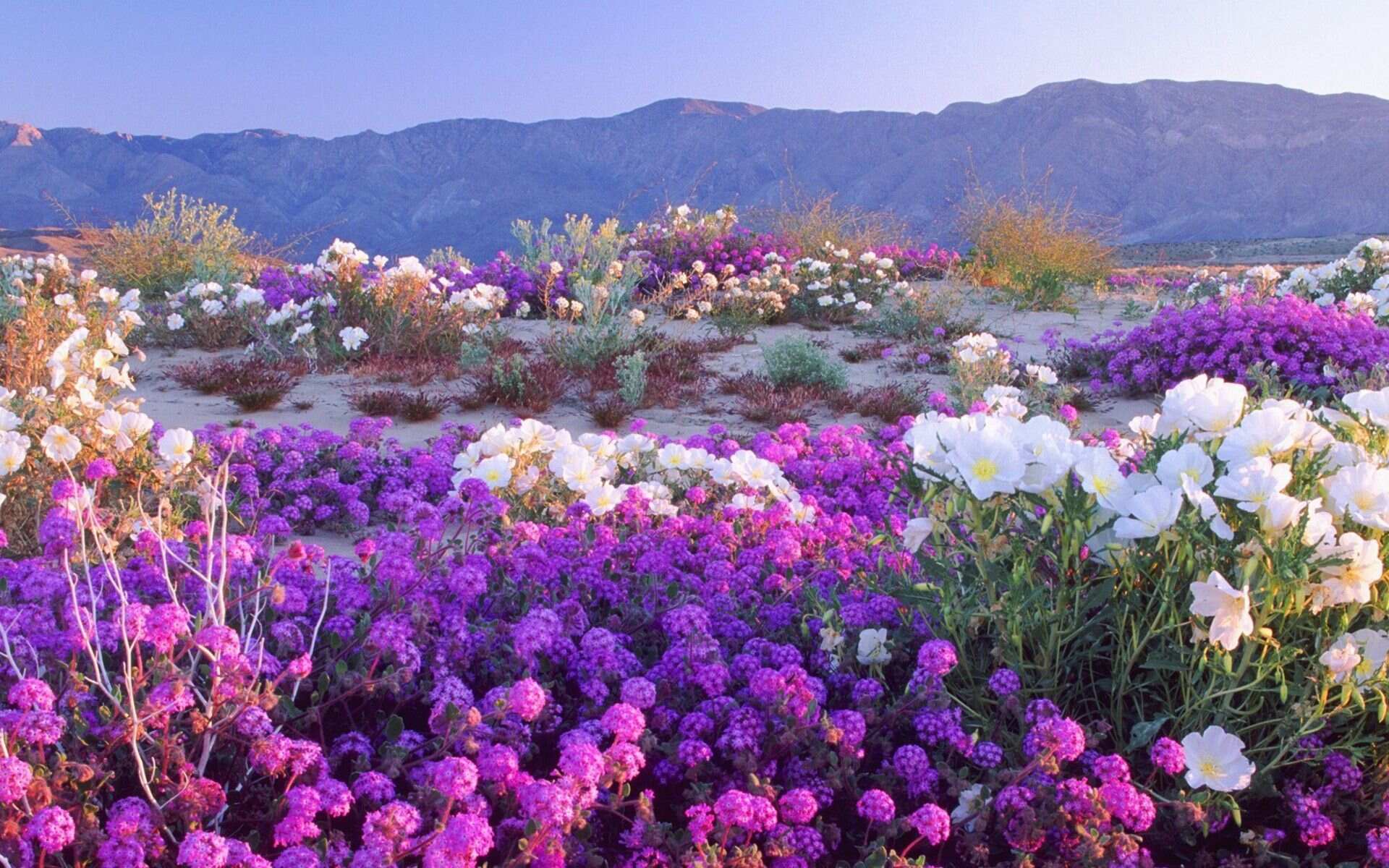

0 thoughts on “When To Plant Wildflower Seeds In Michigan”